
Written Rules
Written rules of your venue
This module is split into two: Written rules and Unwritten rules. Complete the activities in the Written Rules module on this page first, then the module on the Unwritten Rules here.
This module looks at the way you communicate the rules of your venue to your visitors and how that might affect young people. You will examine the written rules and unwritten rules that exist and what you can do to help your visitors understand what’s expected of them and what they can expect from others.
We know rules are important! Without them venues would be chaotic and unsafe, and nobody would feel welcome. Young visitors may never have been in a venue like yours before and may not know things that seem obvious to experienced museum goers. Young people cannot follow rules if they don’t know they exist, or cannot understand what they are, or why. How much they enjoy their visit can be dictated by how easily they can understand the rules.
Although we are focusing on young people this activity will benefit all visitors.
Aims

1.
Consider the different ways you communicate the rules of your venue

2.
Interrogate the rules you have in place and why they are important to you

3.
Explore how the written rules of your venue can be interpreted and their impact on young people
Intro
In everyday life we come across lots of rules telling us how we should behave in certain situations and buildings. They are usually text-based, colour coded or use symbols to communicate their meaning.
These rules are important to keep us safe, give us vital information about the place we are in and make things run smoothly. Our venues must have rules to keep staff, our buildings and visitors safe. Imagine our world without any rules, as a society we would stop functioning pretty quickly.
However, we also need to ensure we don’t overwhelm our visitors with lots of rules in a short space of time. Trying to digest too many rules too quickly can make us feel overwhelmed, and our stress levels increase. In the case of young people, the brain can go into ‘fight or flight’ mode and negatively impact their experience. We will look at this in more detail in module five (Red Zone Blue Zone).
To avoid this fight or flight response we need to make sure we give young people the right rule at the right time. We also need to give them plenty of time to digest rules and understand why they exist.
Activity 1
Different types of rules
Before we examine the rules in our venues let’s look at the different types of rules we come across in everyday life. They usually consist of colour coding, text and symbols.
Colour coding
Colours play an important role in communicating danger and safety quickly. We usually learn from an early age that red signals danger and green is a sign of safety.

For example:
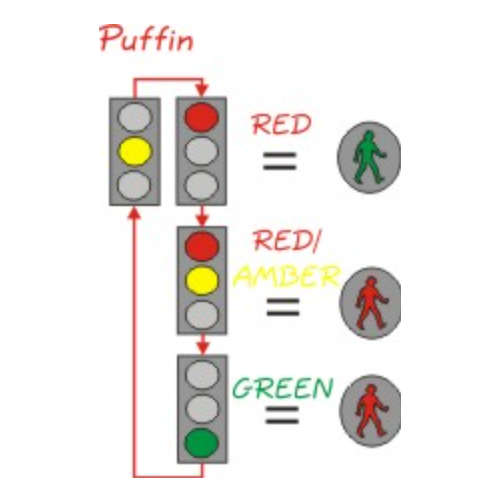
On a pelican crossing, red means stop and green tells us it is safe.

Road signs usually use a red band to act as a warning or for vital information. In fact, signs with a red band have been used in lots of other ways too.

Green signs usually point to a place of safety
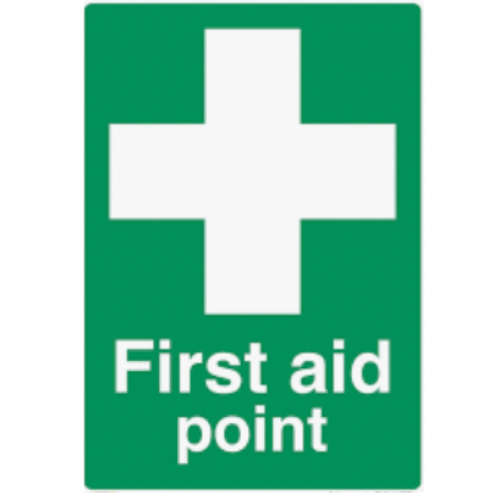
Or show us where we can get help
The advantage of colour coded rules it that they are easy to see and quick to understand.
Symbols
These can be colour coded or be used to give us instructions or directions. In the collage below you will see a whole range of uses for symbols.

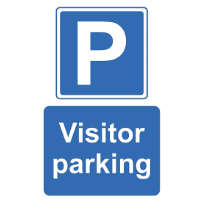


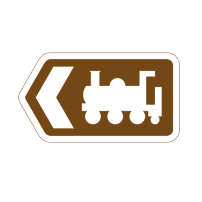
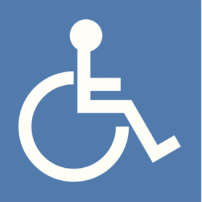
Text based rules
Again, we usually learn from an early age that we need to adhere to rules using text-based instructions. In the collage below you will see some of the rules we may come across.
Text based rules make up the majority of rules we see in venues.
It’s now time to use your learning journal and keep a note of your answers and reflections to the following activity.
Thinking about your building would you say your written rules are:
- Mostly colour coded?
- Mostly text-based rules?
- Mostly symbols?
- A mixture of all 3?
Do you think this is the most effective way of communicating your rules to visitors?
Is there anything your venue could be doing better?
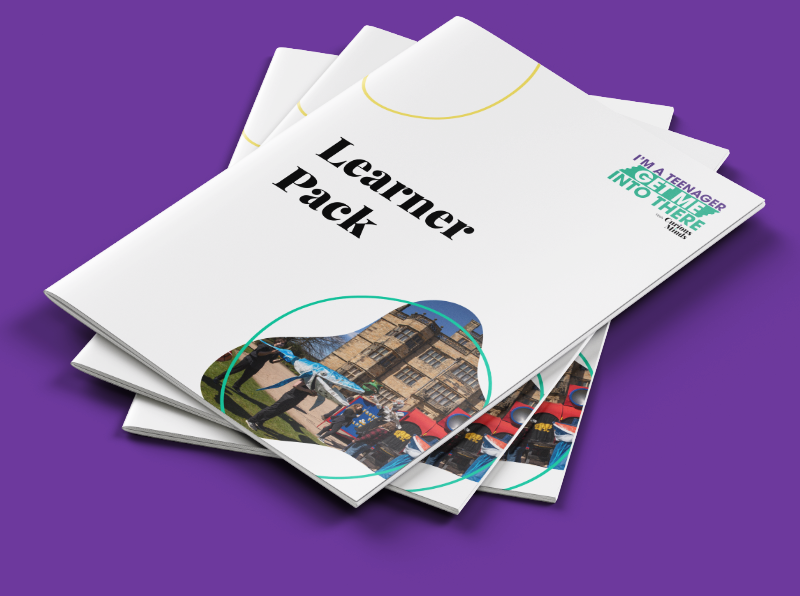
Get your Learners Pack here
Activity 2
Activity: What do the rules look like in your museum venue?
Now let’s start to think about the rules in your venue.
In the first instance we will focus on written rules, whether they are colour coded, symbol or text based.
Use the template in your learning journal to record this activity.
Think about your venue, from the moment visitors come through the door until they leave, paying particular attention to the following:
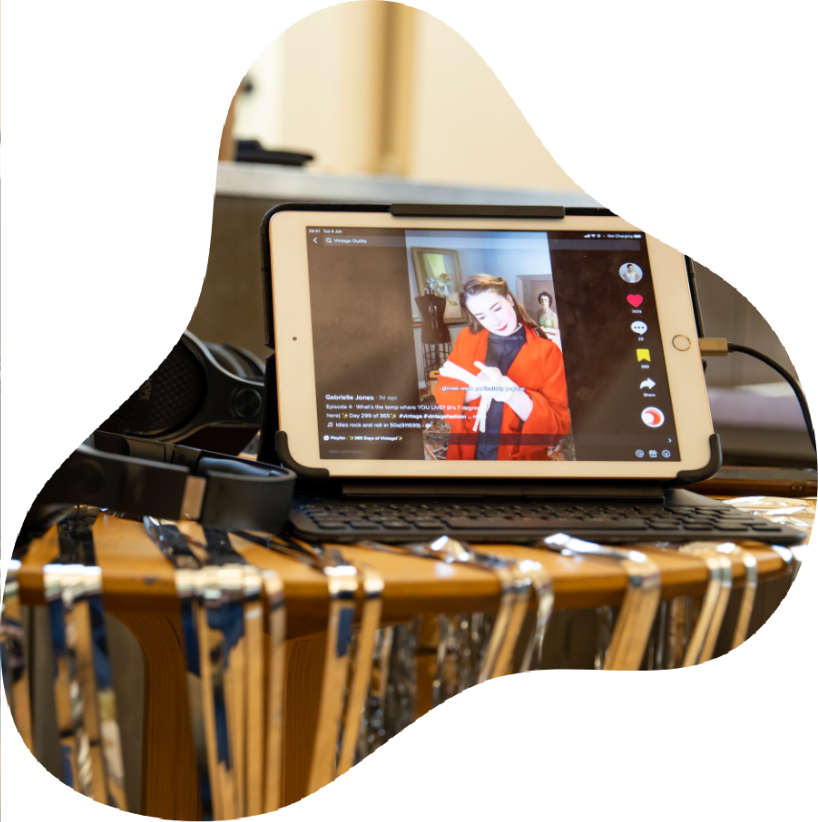
- What is the rule? And where is it situated? (Don’t forget all the spaces they may visit. For example, the welcome desk, the shop, café, cloakrooms and gallery/performance spaces).
- How is it communicated? (Colour-coded / symbol / text based)
- Where is the rule and is it accessible to all visitors?
- Reason for the rule, and is this explained to the visitors?
- How is the rule enforced?
Your completed template is the basis for the next couple of activities so please keep it to hand.
Activity 3
Interrogating your rules and their meaning
You are now going to delve deeper into the written rules of your venue. You will focus on what behaviours they are trying to encourage and the best way to communicate this to visitors, paying particular attention to young people. Our aim is to make sure the rules are very easy to understand and follow, creating a positive environment for everyone.
When we encounter conflict with rules it is usually because:
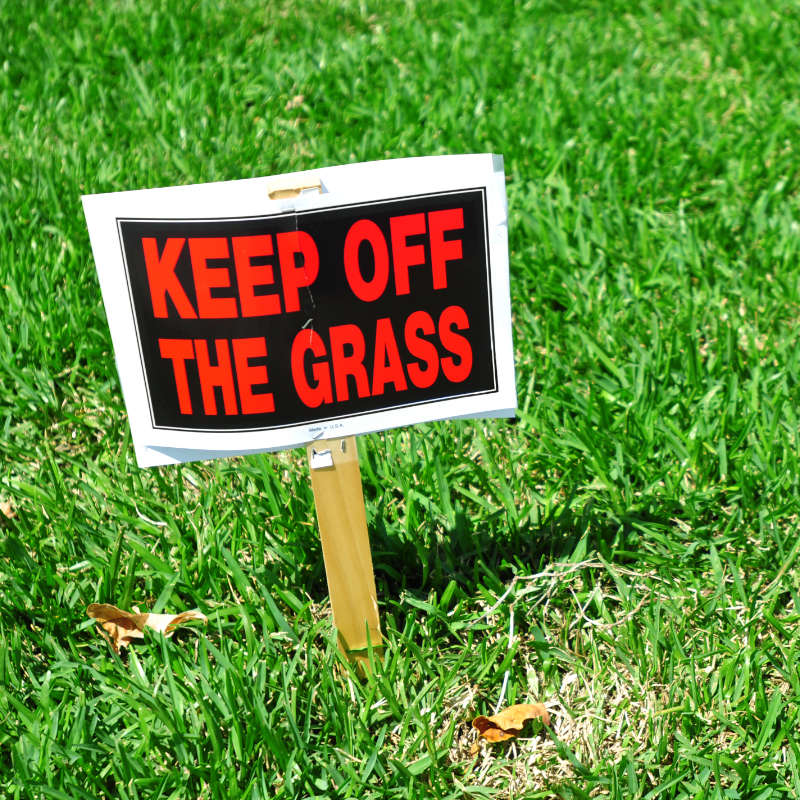
1. It is written in an accusatory way
This usually means the rule starts with a ‘do not’ or an assumption that the visitor will do something negative.

2. It is unclear why the rule exists, or what it means
This is harder to detect, as the reason for the rule might be obvious to you and your colleagues, but unclear to a first-time visitor.
Young people on our Hope Streets programme told us they sometimes find the way rules are written seems negative or accusatory, which makes them feel nervous and anxious. This can lead to a ‘fight or flight’ response which is covered in module five. They also experienced confusion about why some rules are in place and a certain behaviour is expected.
They tell us if the rule was written positively, as a request which assumes the best of them, rather than a demand which assumes the worst, it would make them feel more welcome. Explaining why a rule is in place is an opportunity to learn and makes people much more likely to stick to the rule.
For example, the signs below are communicating the same rule but in very different ways.


The ones on the left assume someone is going to stand on the grass and gives no reason why that is a problem.
The ones on the right give clear instruction why it isn’t appropriate to stand on the grass and offers up some additional learning and curiosity.
Looking back at your template can you identify any rules that fall into any of these two categories?
If so please highlight them. In your learning pack please re-write any negative rules so they communicate a positive message and include a reason why the rule is in place. Remember this is a good opportunity for learning and curiosity.
Extension Activity
Sharing this learning with your colleagues
Please share your list of rules with your colleagues and your wider staff team. Can they:
- Add any rules they think are missing?
- Identify any that are confusing or offer up suggestions to make them more welcoming?
- As a team, can you streamline them?
- How many rules have you communicated, and how quickly might a visitor encounter them? Is there a better way to spread them out?
Here are some things to think about when auditing the rules in your venue…
Always have in mind the visitor’s journey from the moment they approach your building to the end of their visit.
Ensure you are not overloading your visitors with information straight away and you are giving them the right rules, for the right behaviours at the right time.
Can the rules be a learning opportunity or spark their curiosity?
Can the rules be communicated using positive language?

Get your Learners Pack here
To reflect:
In your learning journal please reflect on what you have learnt today and how you could put this into action in your venue.
And Finally
How are you going to share your learning with your colleagues? Your visitors?
Did you have any lightbulb moments?
Write down one small thing you are going to do as a result of this module
Write one bigger thing you are going to do as a result of this module
Further Reading
This example shows how young people positively challenged a rule that didn’t make sense to them: